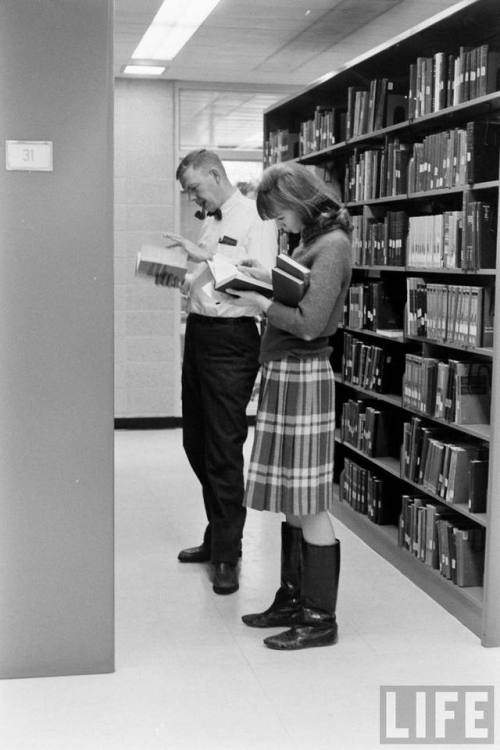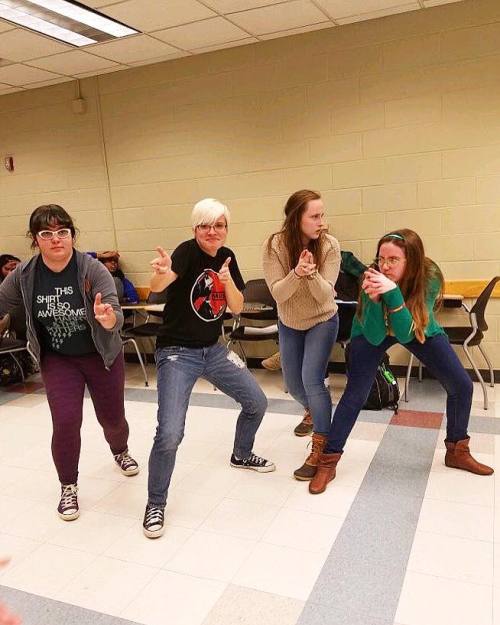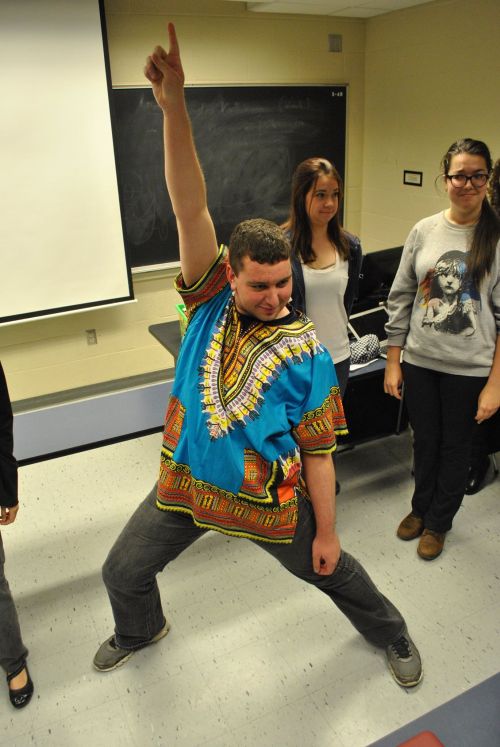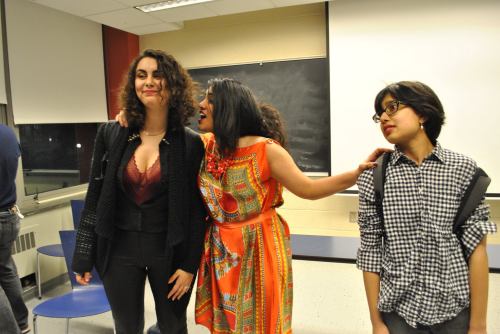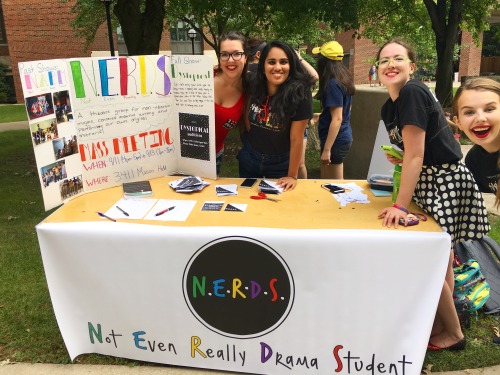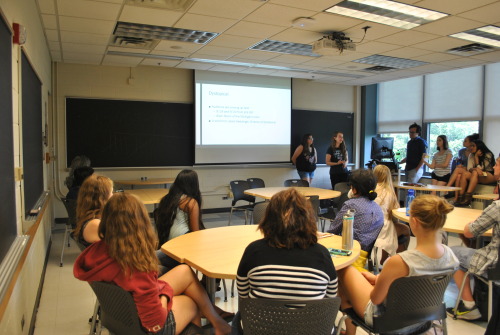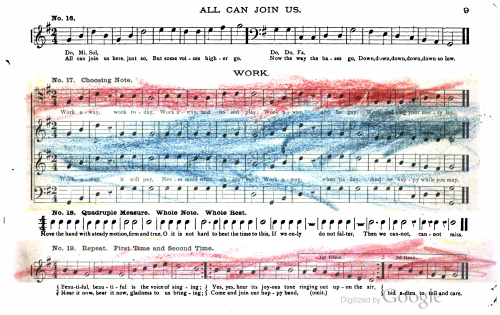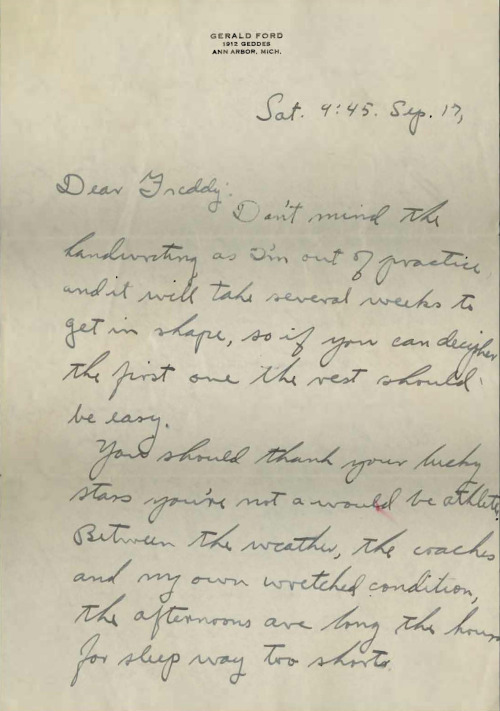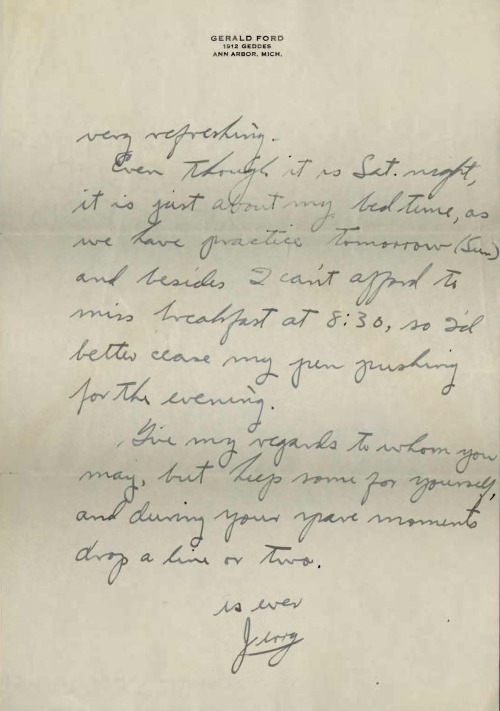#university of michigan
Egg-carton-style patterning keeps charged nanoparticles in place and suitable for a wide range of applications
Researchers at the University of Michigan and Seoul National University of Science and Technology have devised a new method for manufacturing devices that require precisely sized and positioned micro- and nanoscale particles. The technique is suitable for a wide array of assembly of micro- and nanoscale objects, and useful for electronic devices, and biological applications.
“It’s very hard to regulate things in the microscopic and nano-scale. You want the particles to sit there, and they won’t,” said Jay Guo, project leader and professor of electrical engineering and computer science. “We found a way to sort and localize large quantities of particles, and we can do it in a very scalable fashion.”
With this ability, engineers would be able to more efficiently manufacture and assemble photonic crystals, filtration devices and biological assays, create more sensitive sensing devices, and much more.
Guo has been working in the area of nanomanufacturing for decades, beginning with his work on roll-to-roll nanoimprint lithography. He switched to the current methodology of nanopatterning relying only on a sliced silicon wafer because of its relative simplicity and speed.
Post link
Nanoparticles can help scientists brighten their research—but they also can throw off microscopic measurements
Gold nanoparticles brighten the fluorescent dyes researchers use to highlight and study proteins, bacteria and other cells, but the nanoparticles also introduce an artifact that makes the dye appear removed from the target it’s illuminating.
Now, a University of Michigan team has determined how to account for the discrepancy between where the fluorescent dye appears to be and where its actual position is.
When researchers want to understand how proteins interact with each other, how bacteria function or how cells grow and divide, they often use fluorescent dyes. This microscopy approach can be further enhanced with nanoparticles. But an artifact introduced by the nanoparticles makes the dye appear in the microscope as far as 100 nanometers removed from the proteinor bacteria to which it is directly bound.
This “scooching effect” presents a problem: 100 nanometers may seem like an infinitesimal measurement, but if a protein is itself only a nanometer in length, a researcher might not be able to tell whether a protein is interacting with another protein or just gazing at it from the equivalent of the opposite end of a football field.
Post link
Economist Lisa Cook Confirmed to Federal Reserve Board, 1st Black Woman Governor in Agency’s 108-Year History
Economist Lisa Cook Confirmed to Federal Reserve Board, 1st Black Woman Governor in Agency’s 108-Year History
According to washingtonpost.com, economist Lisa Cook was confirmed today to serve on the Federal Reserve Board.
She is the first Black woman to help oversee the nation’s central bank as it works to stabilize financial recovery in the United States.
To quote from washingtonpost.com:
Cook was confirmed by a 51-to-50 vote in the Senate, with Vice President Harris casting the tiebreaking vote.
No…

Odetta, known as “The Voice of the Civil Rights Movement,” performing at Canterbury House during U of M’s Homecoming, Ann Arbor, Michigan, Jay Cassidy, October 20, 1967
(courtesy of Bentley Historical Library at University of Michigan)
Post link
Michigan Stadium during a football game, Ann Arbor, Michigan, circa 1995
(from the Bentley Historical Library at University of Michigan)
Post link
We’ve been hard at work this semester on our musical Dystopical!
It’s a musical parody of YA dystopian novels like Hunger Games, Maze Runner, and Divergent. We hit the stage on December 8th and hope to have a youtube video up of the performance!
College is hard enough without the world ending! What would YOU do if you woke up and found out everything you know is outlawed? If you lived in a Dystopia, would you be the Stereotypical Heroine destined to find love? Her nerdy and a-little-bit-too-clincy Nice-Guy friend? The distant and handsome Brooding Heartthrob, or the bad-ass Rebellious Girl? Join Kat, Peter, Trish, and Gil as they fight their way against the notorious “Center” and their plan to outlaw all forms of art; all the while learning that maybe embracing our differences is the key to success.
Post link
We’ve already been SO BUSY this fall with N.E.R.D.S.!
We recruited at Festifall, had our first ever mass meetings, and today will be the second day of Dystopical auditions!
We’re so excited for what this year has in store
Post link
TheNot Another Princess Musical Pinterest boards you didn’t ask for but totally need
Check out our NAPM Princess aesthetic board WIPs
Post link
Crayon-colored musical staff.
From p. 9 of Good Cheer! by S. W. Straub (1874). Original from the University of Michigan. Digitized May 1, 2007.
Post link
The University of Michigan football team kicks off its season this weekend, so we’re looking back to when Gerald Ford was a member of the squad.
Ford attended the University of Michigan from 1931 to 1935 and he played as a center and linebacker for the Wolverines. In his first year there he won the Meyer Morton Trophy, which was given to the outstanding freshman player in spring practice. Ford played on the University’s national championship teams in 1932 and 1933. He saw limited action on the field those years, however, since Michigan already had an All-American center, Chuck Bernard, in its starting lineup. Ford became the starting center his senior year and was voted Most Valuable Player.
While at Michigan Ford wrote to Frederica “Freddy” Pantlind, a friend and neighbor from his hometown of Grand Rapids, Michigan. His letter from September 17, 1933, describes life as a student-athlete at the beginning of football season his junior year.
“You should thank your lucky stars you’re not a would be athlete. Between the weather, the coaches and my own wretched condition, the afternoons are long the hours for sleep too short,” he wrote, later adding that "Herm Everhardus [a friend and football teammate] and myself just had a couple of bottles of beer a piece, and did they ever taste good after drinking milk (and that’s all) at the training table.”
Ford closes the letter with the note that “Even though it is Sat. night, it is just about my bedtime, as we have practice tomorrow (Sun) and besides I can’t afford to miss breakfast at 8:30, so I’d better cease my pen pushing for the evening.”
Images: Gerald R. Ford, Jr., Holding a Trophy with University of Michigan Football Teammate Herman Everhardus, 1932 (National Archives Identifier 186983)
Letter from Gerald Ford to Frederica Pantlind (3 pages), 9/17/1933 (National Archives Identifier 6200861)
Post link
People of Pride #17: Jim Toy
It isn’t often that I’m given the opportunity to write about someone who created change so close to home, so I couldn’t pass up the chance to spotlight Jim Toy of the Ann Arbor area. He created radical change for university students across the country, read more here:
https://www.jimtoycenter.org/about-jim-toy
https://www.huffingtonpost.com/billi-gordon-phd/jim-toy-advocate-extraord_b_9343334.html
Post link
#49
“But where are you from?”
Answer: Obscure part of Michigan that everyone mistakes for either a part of Wisconsin or a part of Canada.
Support the strip!
Follow along on Facebook, too!
Post link
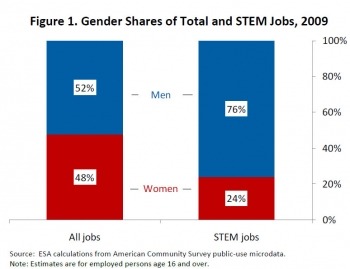
Graph via U.S. Department of Commerce.
“The reason there aren’t more women computer scientists is because there aren’t more women computer scientists,” Facebook’s director of engineering Jocelyn Goldfein said. This cycle of inequality seems nearly impossible to break: Women take up a disproportionate number of seats in scientific fields, a gap that has been barely decreasing even with the rising number of female college graduates.
The most commonly cited sources of this inequality are that girls aren’t encouraged to pursue the sciences and that girls have no one to look up to or inspire them. “Women are encouraged … to go to different disciplines: not STEM, not math and science,” said Francesca Catalano, a professor at American Public University. “Having a little girl see women in these [advanced science] positions is so important, because then they see that, and they’re like, ‘Wow, I can do that.’”
“In order to want to go into a field, a girl has to first imagine herself being that person in that field,” said Sara Linker, a PhD student at UM studying retrotransposons and human genetics. “That imagining would be a lot easier if the girl had a role model that was also a woman.” Dr. Chaudron of the University of Rochester Medical Center agreed: “By having more women in visible leadership roles we attract more women to medicine and that will continue to help diversify the workforce.”
But how do we get women in these such unprecedented roles in the first place? Dr. Chaudron recommended early education and mentorship, networking opportunities, and leadership pipeline programs. Ms. Catalano also emphasized the necessity of a mentoring program between advanced scientists and young girls. “Having a woman in a senior role to act as a mentor to encourage and guide is so vital,” she mentioned.
There’s good news, though: the women who are in science, tech, engineering, and math get paid almost the same as their male counterparts, and all the participants interviewed for this article said they experienced little to no discrimination in the workforce. Once more women get involved in the sciences, more will follow, and soon we will reach the equality necessary for success. (And who knows: maybe the cure for cancer is trapped in the mind of a girl who’s been told science is for men).
Atmospheric Science, University of Michigan - Ann Arbor
Exploring the Microphysical and Environmental Controls on Orographic Precipitation in an Atmospheric River Environment
Today’s post comes from Violet Fox, who previously wrote ourpost about Henriette Avram. Violet is on Twitter at@violetbfox.
Margaret Mann (1873-1960) was a librarian and educator whose work and scholarship emphasized the role of theory in cataloging and classification. Her passion for information organization inspired the many students she taught to see cataloging and classification as an essential service to library users.
Born in Cedar Rapids, Iowa on April 9, 1873, as an adolescent Mann moved with her family to Chicago and graduated from Englewood High School. She enrolled at Chicago’s Armour Institute in 1893, as one of the first twelve students in the library program (the Armour Institute was only the fourth school for the education of librarians in the U.S. and the first west of the Alleghanies). There she studied preservation, cataloging, accessioning, and shelf-listing, as well as learning library hand. After graduating a year later, most of her cohort moved on to library jobs, but Mann was asked to stay on as an assistant at Armour, serving as a cataloger and occasional instructor. When the library science department was moved from Armour to the University of Illinois in 1897, Mann was appointed to the staff of the new program. While teaching at the University of Illinois, she also worked towards creating consistent policies of cataloging and classification within its library. Mann moved on to the Carnegie Library in Pittsburgh in 1902, serving as head of the Cataloging Department until 1919. From 1919 to 1924 she undertook a massive reorganization of the collections of the Library of the Engineering Societies in New York City.
After returning from teaching cataloging and classification at the École de Bibliothécaires in Paris in 1926, she began as an instructor at the University of Michigan as one of the first three faculty hired at the beginning of the school’s library science program. Unlike her own library school experience thirty years earlier, which was highly focused on everyday library practice, Mann’s publications and teaching focused on the need to understand the theory of cataloging and classification to serve library users well. Her textbook, “An Introduction to Cataloging and the Classification of Books,” first published in 1930 by ALA, was widely used by library schools and helped standardize the cataloging content taught to library students. She would remain at the University of Michigan until her retirement at age 65 in 1938, impressing upon her many students the important role of information organization in libraries.
Mann died in 1960 but her name and legend live on in the University of Michigan’s Margaret Mann Award, established in 1938, as well as in the Margaret Mann Citation, awarded yearly by ALA to recognize outstanding professional achievement in cataloging or classification. Mann was also listed within American Libraries’s 1999 article on “100 of the Most Important Leaders We Had in the 20th Century”.
Resources consulted:
Clack, Doris H. (1993). Education for Cataloging.Cataloging & Classification Quarterly, 16:3, 27-37, DOI: 10.1300/J104v16n03_04
Grotzinger, Laurel. (1970). Margaret Mann: The Preparatory Years.Journal of Education for Librarianship, 10:4, 302-315, DOI: 10.2307/40322089
University of Michigan Faculty History Project
Wikipedia biography of Margaret Mann

